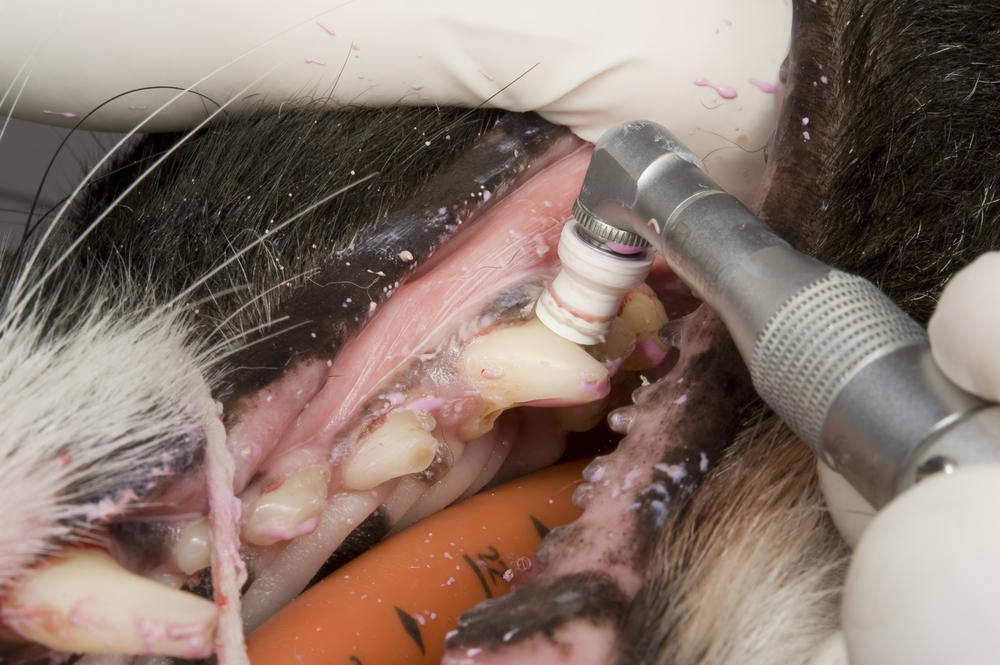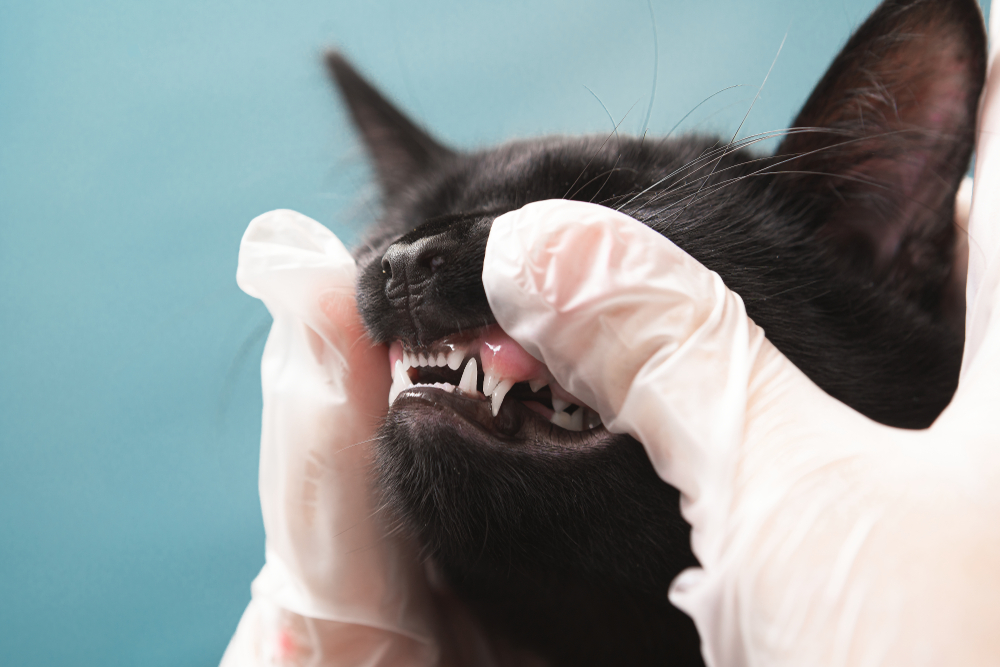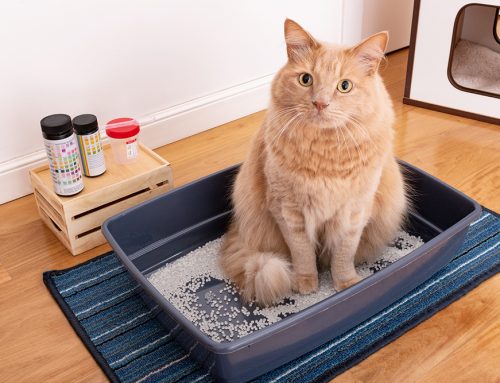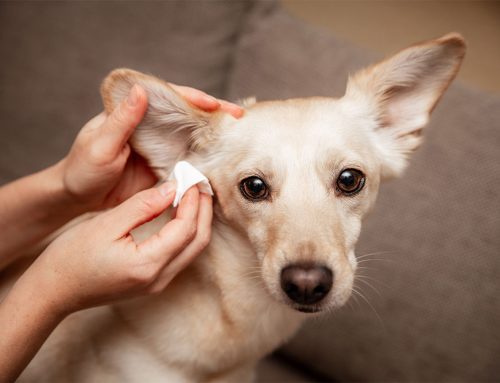Dental disease affects people as well as pets. In fact, nearly 70% of pets have some form of dental disease by age 3. While pets’ dental disease is common and can become severe, this condition is also almost completely preventable. Unfortunately, many pet owners neglect this essential health care component. Therefore, our Oliver Animal Hospital South Austin veterinary team is sharing the importance of regular professional dental cleanings.
How often do pets need professional dental cleanings?
For most healthy, adult pets, an annual dental cleaning will suffice. However, some pets may need more or less frequent professional dental cleanings, depending the following factors:
- Age — Older pets’ teeth have experienced years of wear and tear, leaving them more susceptible to plaque accumulation, which quickly hardens into cement-like tartar.
- Breed — Small pets and brachycephalic (i.e., flat-faced) breeds with diminutive mouths are prone to tooth overcrowding and other dental issues. These pets typically need biannual professional dental cleanings, starting at 6 months of age.
- Lifestyle — Pets who chew aggressively can easily damage tooth enamel, and they require more frequent professional dental cleanings.
- Health — Pets with certain inflammatory and autoimmune diseases can quickly develop gingivitis and dental disease, requiring more frequent cleanings.
- Dental care routine — If you do not establish an at-home dental care routine for your pet, they are likely to develop dental problems.
What are the benefits of regular veterinary professional dental cleanings?
In addition to establishing your pet’s at-home oral care routine, they need regular professional dental examinations and cleanings. Here are a few reasons why your pet’s professional dental cleanings are so important.
- #1: Dental cleanings protect your pet from dental disease — Dental disease can have serious negative consequences for your pet’s health, extending far beyond bad breath or discolored teeth. Plaque and tartar accumulation below the gumline cause progressive oral disease. The hidden bacteria damage the tooth’s supporting structures, resulting in pain, infection, and inflammation, and ultimately bone and tooth loss. In severe cases, circulating bacteria enter the bloodstream, and permanently damage a pet’s kidneys, liver, and heart.
- #2: Brushing your pet’s teeth is not enough — Establishing an at-home dental care routine that includes daily toothbrushing can reduce tartar buildup, because a toothbrush cannot reach the bacteria trapped under the gums. Calcified tartar is nearly impossible to remove through toothbrushing and requires a professional cleaning. X-rays are required for your veterinarian to be able to see the 60% of dental problems that exist under your pet’s gumline.
- #3: Veterinary anesthesia allows for a deeper cleaning — Rarely are pets willing to open their mouths and say, “Ahhh,” for a thorough dental exam and cleaning. General anesthesia is essential for your pet to undergo a thorough professional dental procedure. Under general anesthesia, your pet is fully unconscious, blissfully unaware of what’s occurring inside their mouth, and because your pet is asleep for the entire procedure, they do not suffer trauma or fear that will make them hesitant to return to your veterinarian’s office. Anesthesia’s other important benefits include:
- Veterinary team safety — Immobilized pets cannot bite or scratch the veterinary team.
- Thorough assessment — Sedated pets allow the veterinary team to view their entire oral cavity.
- X-ray imaging — Dental disease attacks the tooth’s root. X-rays provide a complete view of each tooth, including the visible crown, subgingival root, and the surrounding structures and bone.
- Pain management — Probing, scaling, and polishing are uncomfortable processes that dental disease makes more painful, but our Oliver Animal Hospital team’s anesthetic protocol includes pain medication, and anesthetized pets are given local anesthesia (i.e., numbing injections) as needed.
What is included in a veterinary dental cleaning?

During your pet’s oral examination and cleaning, your veterinarian will begin by assessing for any obvious dental disease signs while examining all parts of your pet’s teeth and mouth. Once your pet is under anesthesia, your veterinarian will use specialized instruments, such as an ultrasonic cleaner, to remove plaque that has mineralized to tartar. If your pet has tooth root damage, further treatment, such as tooth extractions, may be required. A complete professional pet teeth cleaning will include:
- Scaling tartar from the tooth surface, above and below the gumline
- Polishing each tooth to remove microscopic etchings created by scaling, where bacteria can adhere
- Probing the gumline for pockets that indicate periodontal disease
- Irrigating below the gumline to flush away bacteria and debris
- Rinsing the entire mouth with an antimicrobial solution
Establish a consistent at-home oral care routine and schedule regular professional dental cleanings to keep your pet’s teeth and gums healthy. To help prevent them from developing dental disease, schedule your pet’s wellness appointment and dental consultation with our Oliver Animal Hospital team.








Leave A Comment